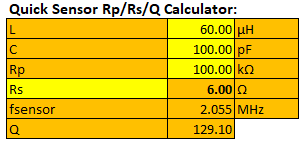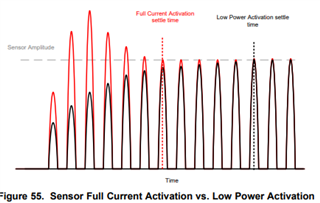Other Parts Discussed in Thread: TIDA-01102, TS5A23160
Hi,
Customer is asking the best solution for their application, please see details below.
"
In the development of a sensor solution based on the LDC1614, I have successfully done tests with a micro controller, LDC1614 (via I2C), a network based on small signal relays, and capacitors and coils sensing the target. I use 8 coils together with one LDC1614.
The micro controller sets the relays in different states, which means that coils are sometimes coupled two-and-two in series and sometimes alone. Capacitors are also added/removed by relays, so that my target frequency is reached both when coils are in series and stand alone. Once the relays as set and the signal is stable, the frequency is read by the micro controller.
The solution is successful if we look at is as a feasibility study, coils together with LDC1614 gives a useful result. In order to reach a final solution, the relays will need to be replaced by a faster solution and a solution that will not wear out when switched a lot.
A cannot just add more LDC1614 circuits as I need to use the same coils in both a series solution and in a stand alone solution.
With your knowledge around the LDC1614 in mind, which solutions do you see instead of relays?
Mosfet?
Optocoupler?
Something else?
"
Thank you in advance.
Regards,
Maynard




